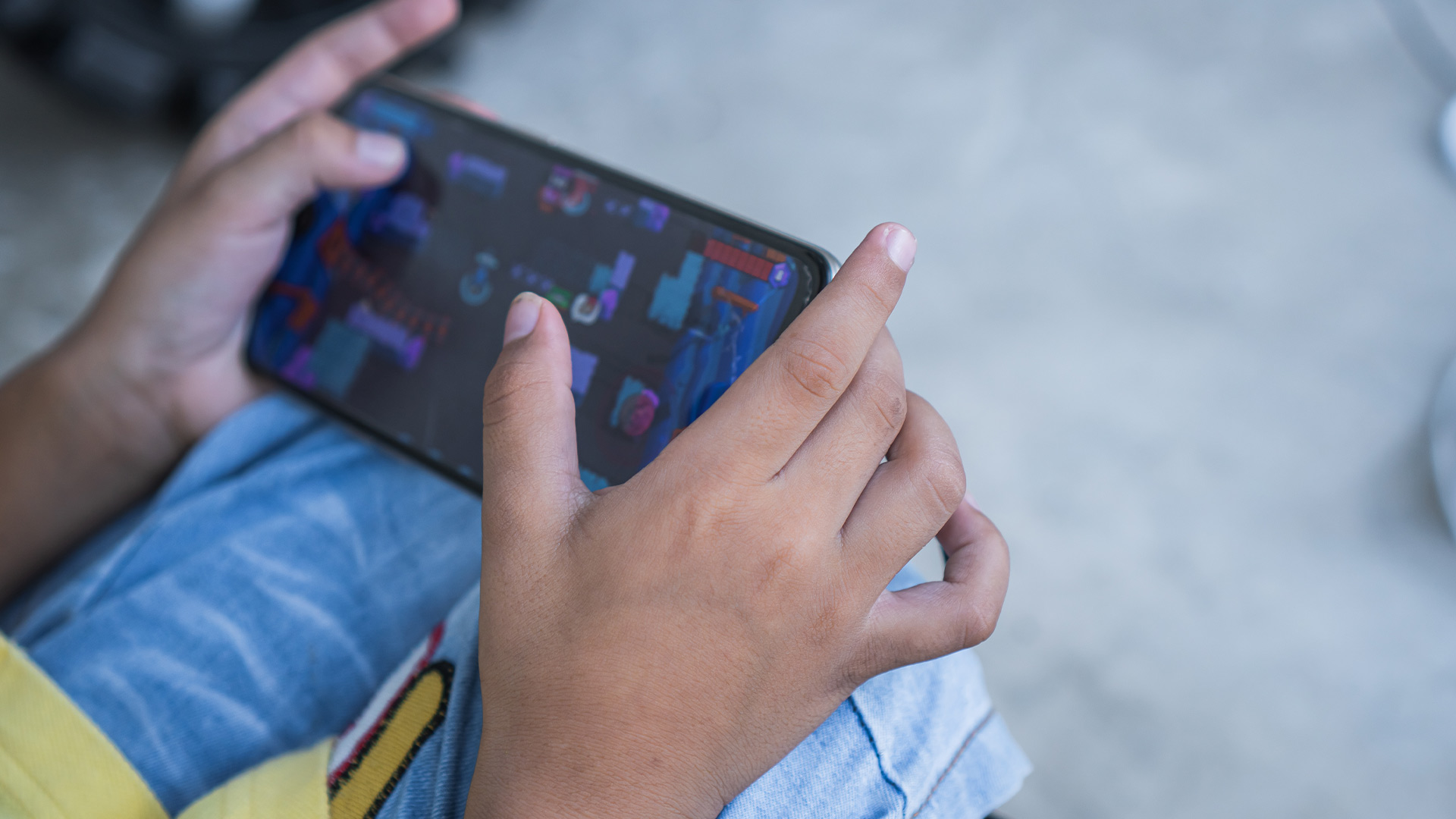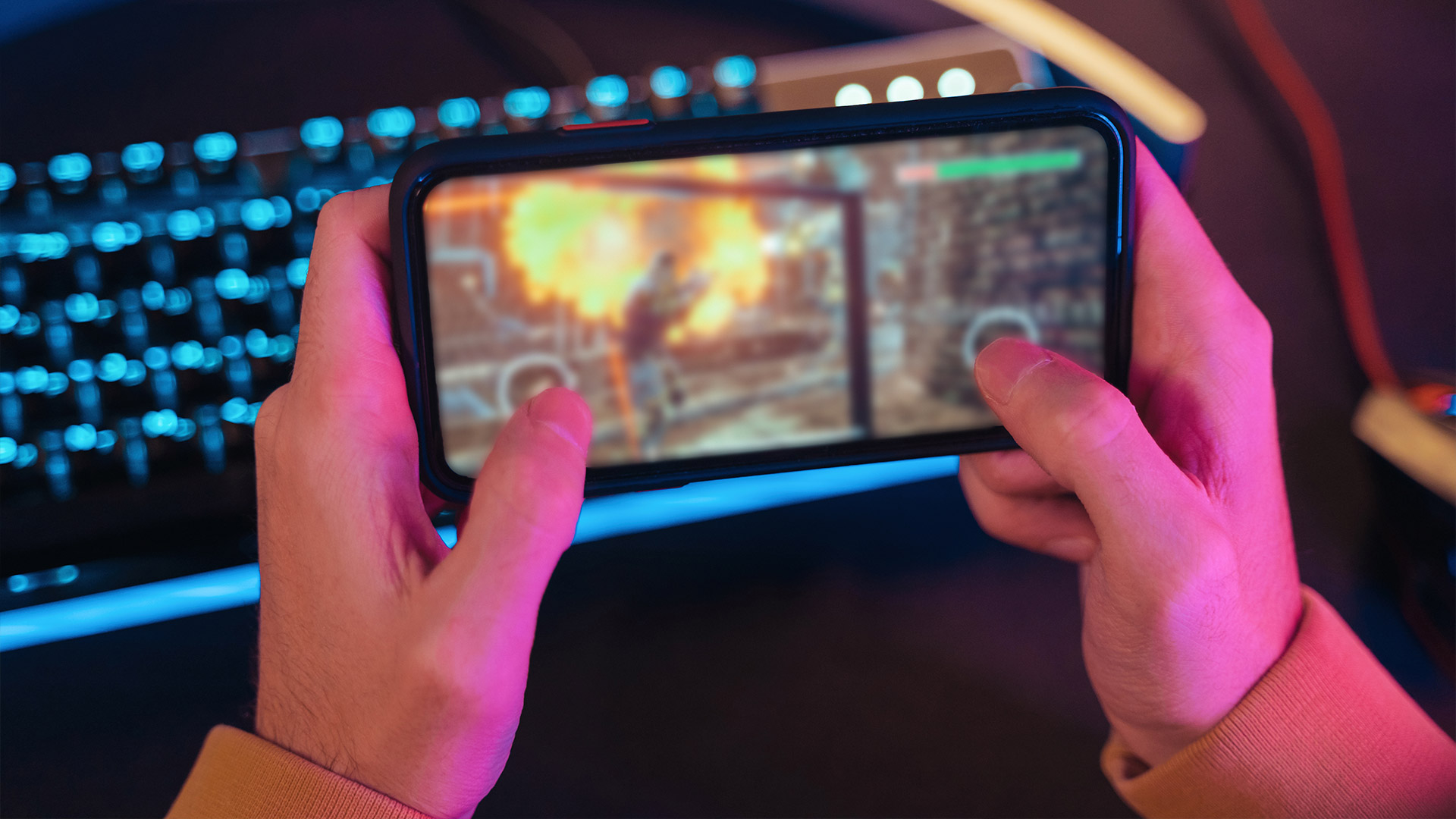The Secret Behind Match-3’s Long-Term Addiction

Match-3 games aren’t just a passing mobile trend—they’re a psychological powerhouse that’s stuck around for over a decade. From Candy Crush to Royal Match, these games manage to keep millions of players coming back daily. But what exactly makes them so addictive?
It Starts with Simplicity
Match-3 games usually introduce themselves with bright colors, bubbly animations, and “just match three of the same” instructions. No tutorials, no stress. That’s a huge win when your brain is looking for low-effort relaxation. You know what to do the second you see the board.
The low barrier to entry makes them universal. Whether you’re 12 or 70, you can pick it up in seconds.
The Power of Variable Rewards
One of the strongest psychological hooks in match-3 games is the variable reward schedule. Some moves create small explosions, others trigger massive chain reactions you didn’t even plan for—and that unpredictability is addictive.
It’s the same system used in slot machines: you never know when the next “big win” is coming, so you keep playing.
Layered Progression Keeps You Hooked
At first, it’s just levels. But then the game introduces side goals:
- Unlock the next room
- Decorate your mansion
- Rescue the cat
- Collect puzzle pieces
These layers give players multiple short- and long-term goals to chase. If you’re stuck on one, you can pivot to another.
Real Player Insight: Teresa, 43, from Chicago
“I’ve played Gardenscapes every morning since 2019. I don’t even think about it anymore—it’s just part of my routine, like coffee. I think what keeps me coming back is the little wins. I may not finish every level right away, but the progress bar, the story, the new garden bench—it all adds up. It’s comforting.”
It’s Designed to Fit Your Life
Match-3 games don’t demand a lot. They don’t have timers pressuring you to play at 3 p.m. or teammates waiting on you to log in. You can play for five minutes or fifty.
They’re the perfect commute filler, grocery line distraction, or wind-down tool before bed.
Visual and Audio Feedback Loops
Every move in a match-3 game feels satisfying for a reason. Visual and sound effects are carefully tuned to provide micro-rewards. Think of the “swoosh” when tiles fall, the sparkles when you match five, or the pop when a level ends.
These aren’t just cute effects—they reinforce pleasure pathways in your brain.
Real Player Insight: Devin, 30, from London
“I’m a musician, and I noticed how the sound design in Royal Match is so tight. Every match has this little jingle, and the game escalates sounds as your combo builds. It’s almost like a song—makes the whole thing feel smooth and rhythmic. I didn’t expect to love that part, but now I notice it in every puzzle game.”
Limited Lives Create FOMO and Restraint
Lives limit how many failed attempts you can make, which serves two sneaky purposes:
- It creates scarcity—making players value each play session more.
- It creates urgency—especially when lives regenerate slowly.
This keeps players checking back later, which builds a habit over time.
Regular Updates and Events
Weekly events, seasonal content, and limited-time bonuses are all used to keep the game feeling fresh. You’re never truly “done.” There’s always one more goal, one more item to unlock, one more theme to decorate.
It gives a sense of novelty, even after hundreds of levels.
Social Pressure Without Social Drama
Match-3 games often include light social features like leaderboards or teams. But unlike competitive PvP games, there’s no intense pressure to perform. You can see how friends are doing without being dragged into real-time play or guild politics.
It hits the social reward button without the stress.
Why Players Don’t Burn Out (As Quickly)
- Sessions are short, avoiding fatigue
- New mechanics are introduced gradually
- Rewards scale just enough to feel like progression
- There’s always “just one more” reason to stay
Combine this with positive reinforcement from design, and you’ve got a long-term engagement loop.
What It All Means
Match-3 games are built on solid behavioral design. They’re not addictive because of one feature—they’re sticky because they combine dozens of tiny things that work together to create flow, fun, and familiarity.
Design for Distraction: Why Match-3 Calms the Brain
In a world filled with endless scrolls and doom-clicking, Match-3 offers a rare kind of structured chaos. It gives you tiny problems to solve, a board to clean, and pieces that fall into place. That feeling of restoring order—of making things line up—is deeply soothing.
A psychologist once noted that games like these tap into “micro-productivity.” Even if your real-world to-do list is untouched, beating one level gives you a quick dopamine hit. It’s a clean win in a messy day.
No Shame in Repetition
Unlike story-based games that lose impact after one playthrough, Match-3 doesn’t rely on novelty. It thrives on patterns. That repetition isn’t lazy—it’s comforting. You know what to expect, and still, there's always that little twist in each level.
Just ask Rachel, 26, from Toronto:
“I play on the subway every morning. It’s become a ritual. I actually look forward to it—not because I’m doing something new, but because it’s familiar and low pressure. Sometimes I beat five levels. Sometimes I lose three in a row. But it always settles my mind.”
Monetization Without Force
Another reason these games stick around: players don’t have to pay. Many match-3 games allow long-term progress without purchases. This gives players a sense of freedom, and they’re more likely to stay loyal.
Of course, developers still make money—plenty of it. But it’s done through optional perks and cosmetics rather than gatekeeping gameplay.
Match-3’s Secret Sauce
Let’s break it down:
- Ease of access: anyone can start instantly
- Satisfying loops: quick wins and flashy effects
- Soft challenges: not too hard, not too easy
- Micro-goals: just one more move, one more level
- Social layers: light, not demanding
- Ongoing updates: fresh content without needing reinvention
These elements come together like a perfectly timed combo—each part triggering another until you're locked in. Not overwhelmed. Just... engaged.



